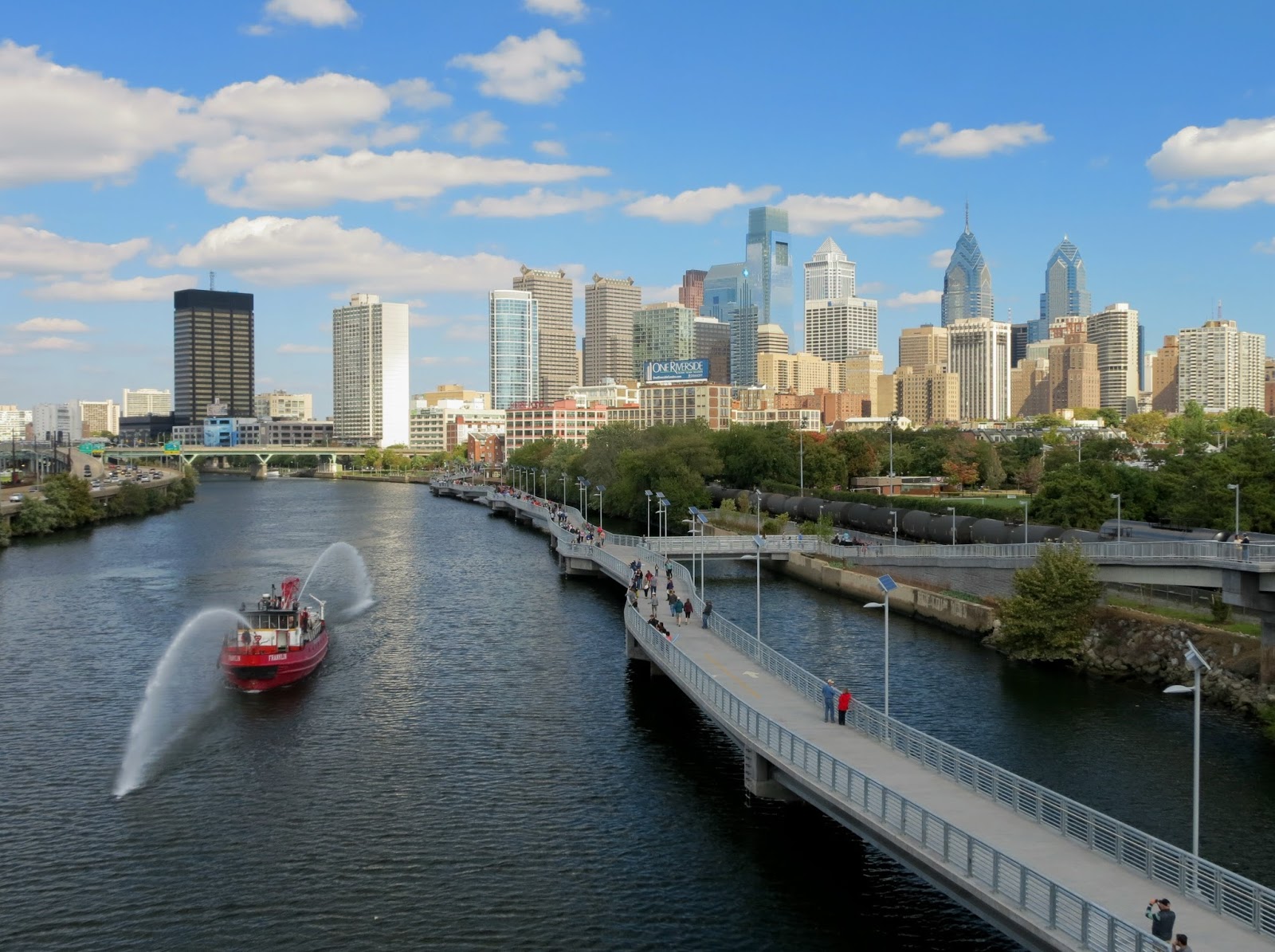
The Philadelphia Water Department (PWD) supplies drinking water, wastewater, and stormwater services to customers within the City of Philadelphia.
The Department also has one wholesale water contract and 10 wholesale wastewater contracts with entities outside the City.
PWD maintains a network of more than 3,100 miles of water mains, 3,700 miles of sewers, six treatment facilities, and 34 pumping stations.
Mission
The primary mission of the PWD is to plan for, operate, and maintain both the infrastructure and the organization necessary to purvey high quality drinking water, to provide an adequate and reliable water supply for all household, commercial, and community needs, and to sustain and enhance the region’s watersheds and quality of life by managing wastewater and stormwater effectively.
In fulfilling its mission, the utility seeks to be customer-focused, delivering services in a fair, equitable, and cost-effective manner, with a commitment to public involvement.